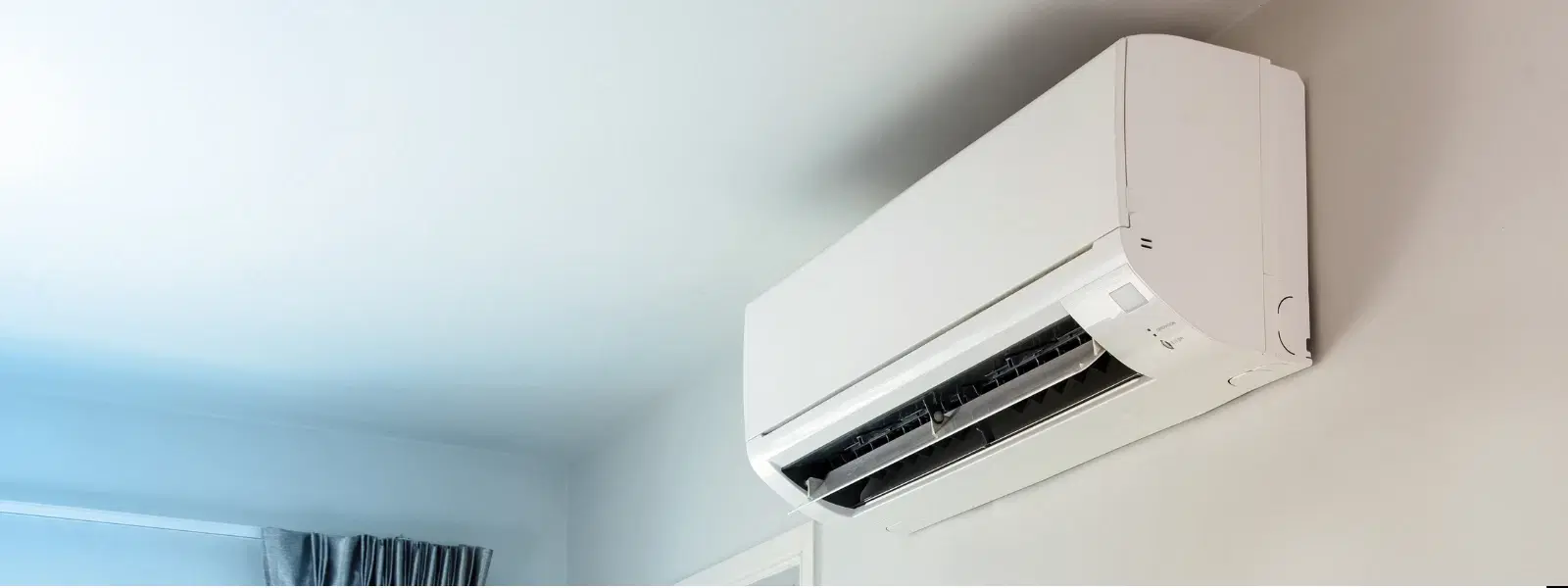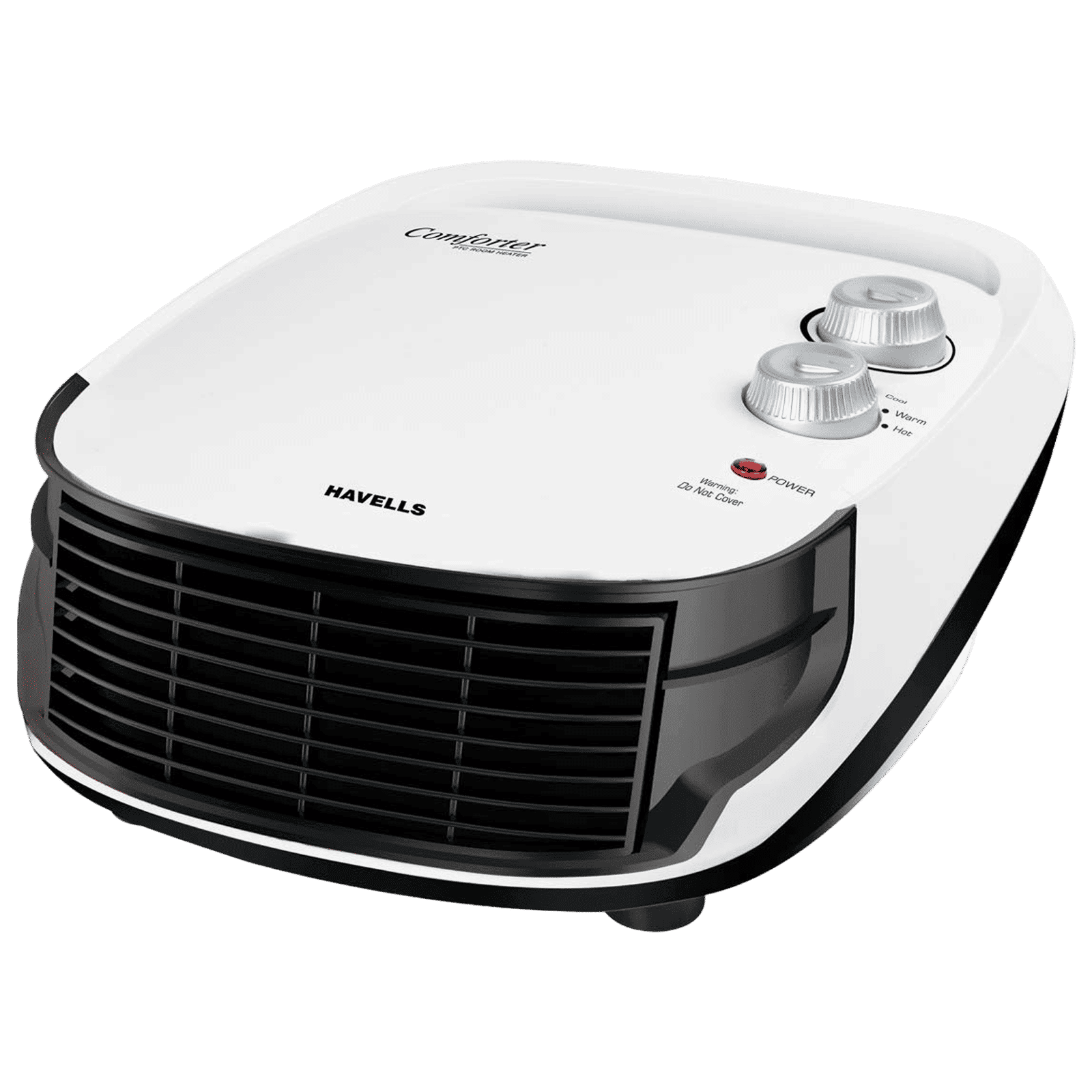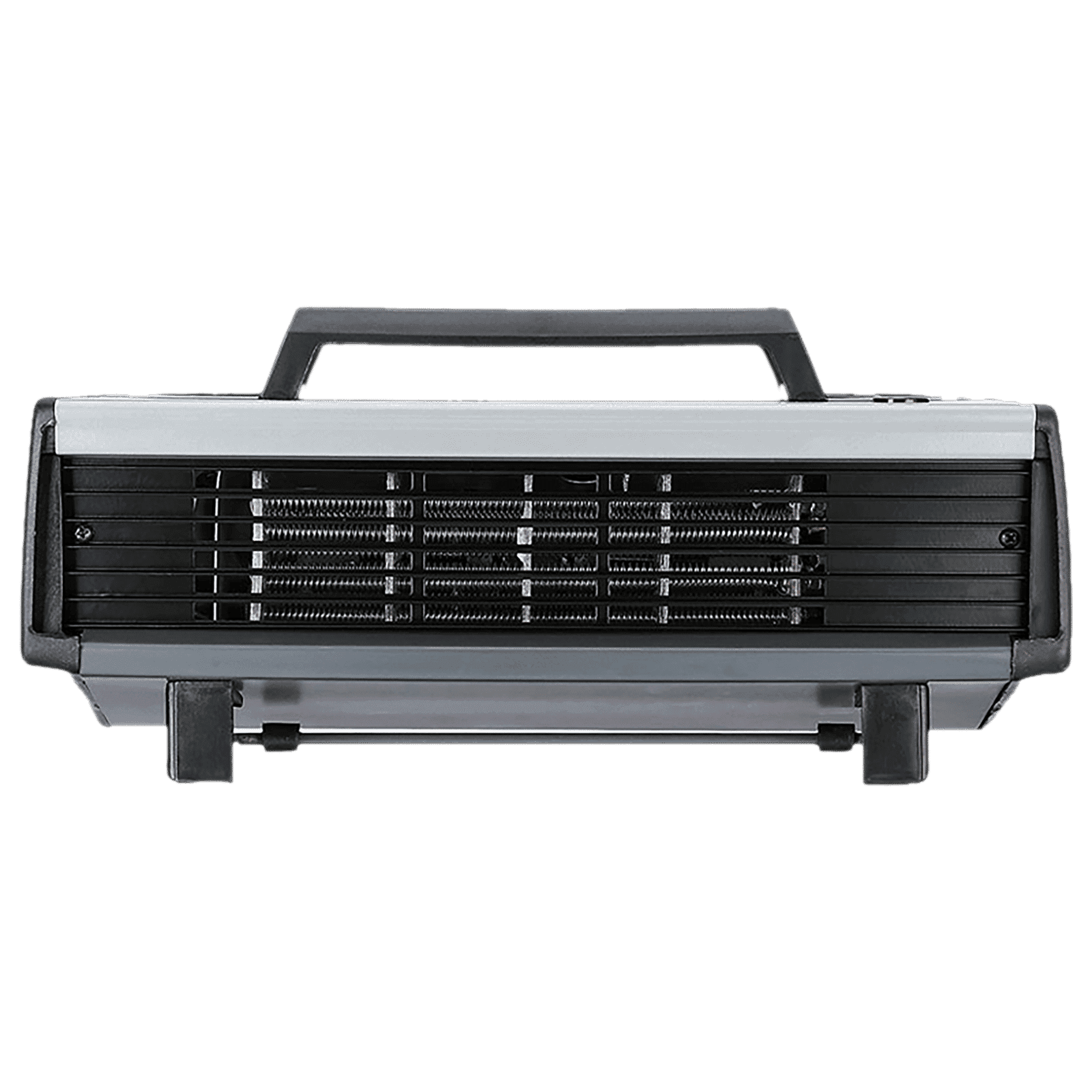
Home Appliances
•04 min read

Wall Mount Arrangement</li><li>1 Year Warranty</li></ul>
Ever wondered why your air conditioner sometimes doesn’t cool your room properly? The secret might lie in choosing the right capacity of air conditioner for room size. Matching the correct cooling capacity is essential for energy efficiency, comfort, and long-term savings. In this guide, we provide a comprehensive room size checklist for perfect AC cooling capacity. Here, you'll learn how to determine your ideal AC size, understand BTU calculations, and use smart strategies to make an informed choice.
AC cooling capacity is typically measured in BTUs (British Thermal Units). It represents an air conditioner's ability to cool an environment in a specific time period. By understanding that the capacity of an air conditioner for room size is linked directly to the BTU rating, you can ensure your unit is neither undersized nor oversized. A balanced approach means improved cooling efficiency and energy savings.
When your air conditioner is not the correct AC size for home, you may face a host of problems. An undersized unit struggles to cool the area, driving up energy bills and reducing comfort. Conversely, an oversized air conditioner runs inefficiently, causing short cycling, unnecessary wear and tear, and a reduced lifespan for the appliance. By selecting an appropriate capacity of air conditioner for room size, you achieve optimal cooling and enhanced comfort at home.
The first step in choosing the best AC size for bedrooms or any other space is accurately measuring your room. Start by measuring the room dimensions, multiplying the length by the width. Keep in mind that how to choose AC size isn’t just about the floor area – ceiling height, insulation quality, and even the amount of sunlight exposure are also vital factors in determining the final BTU requirement.
For our international readers, converting measurements from feet to meters is often necessary, and there are many reliable online room size air conditioner calculators available to help with this. Additionally, a BTU calculator for air conditioners can simplify the process by providing a precise estimate of the required capacity based on your room’s dimensions and conditions.
Below is a general guide on BTU guidelines for different room sizes. For instance, a room roughly 12x12 feet (144 square feet) typically requires an air conditioner with a capacity of 5,000–6,000 BTUs. Small rooms may need a lower BTU range, while larger living rooms or multi-purpose areas may require units with higher cooling capacities.

Buy Godrej I Series 5 in 1 Convertible 1.5 Ton 5 Star Inverter Split AC with Anti Dust Filter (2024 Model, Copper Condenser, SIC 18ITC5-WYS) online at best prices from Croma. Check product details, reviews & more. Shop now!
Several factors further refine your BTU calculation. Climate zone plays an important role – hotter areas will naturally demand greater cooling power. Other considerations such as sun exposure through windows, the quality of room insulation, and the overall room configuration can increase or decrease your cooling needs. By keeping these factors in mind, you can avoid common pitfalls and more accurately determine the correct AC size for a relaxing, energy-efficient home.
Pro Tip from Tata Neu
Selecting the correct AC size not only ensures efficient cooling but also extends the lifespan of your unit. Always account for factors like room insulation and sun exposure when calculating BTU requirements. This simple consideration could save you money and energy long term.
Customising your air conditioner selection’s depends on how each room is used. For small rooms, the AC capacity for small rooms is usually lower, keeping noise levels and energy consumption in check. Bedrooms should blend cooling comfort with a quieter operation; hence, when considering the best AC size for bedrooms, noise levels are important. Meanwhile, larger areas such as living rooms and open-plan areas often need more powerful units, ensuring comfortable temperatures despite higher foot traffic and more extensive areas.
When choosing an AC size, consider checking the energy efficiency ratings (EER/SEER) as a reliable indicator of performance. Additionally, explore units with smart features for enhanced convenience. If you’re uncertain about the calculations, consulting HVAC professionals can be invaluable. These expert tips are designed to help you avoid the common mistakes many face when purchasing their next air conditioner.
One of the most user-friendly tools available is a BTU calculator for air conditioners. These calculators allow you to input your room dimensions and specific conditions such as insulation quality and ceiling height. This not only determines the exact cooling requirement but also eliminates the guesswork. For example, if you enter a room size of 150 square feet with moderate sun exposure and average insulation, the calculator will provide a recommended BTU range, ensuring you know exactly how to choose AC size correctly.
Using a BTU calculator is straightforward. First, measure your room's length and width, then input these numbers along with additional variables like ceiling height and insulation quality. The calculator then converts these measurements to suggest the appropriate capacity of air conditioner for room size. This hands-on approach ensures you select the correct AC size for home without relying on estimates.

Easy to Carry Handle</li><li>1 Year Warranty</li></ul>
Often, people overlook important variables such as insulation and ceiling height when calculating BTU needs. Others might assume that a larger unit is always better, leading to unnecessary energy consumption and costs. Avoid these pitfalls by verifying your measurements and using a trusted room size air conditioner calculator to ensure accuracy.
Measure the room’s dimensions, length multiplied by width, then multiply by the requisite BTUs per square foot. For the best accuracy, use a BTU calculator for air conditioners.
An 8,000 BTU AC typically cools a space of about 300–350 square feet, though factors like sun exposure and insulation quality can affect this range.
A 12x12 room (144 square feet) generally requires an AC unit with 5,000–6,000 BTUs for effective cooling.
In summary, matching the capacity of air conditioner for room size is essential to maximise energy efficiency and comfort. Whether you’re cooling a small room, bedroom, or expansive living area, accurately measuring your space, understanding BTU metrics, and utilizing tools such as BTU calculators are key. By following the room size checklist provided here, you can avoid common pitfalls and select the correct AC size for home that optimises performance and longevity. With expert tips and easy-to-follow instructions, determining the right air conditioner cooling capacity becomes less daunting, ensuring your home stays comfortable even on the hottest days. Explore further resources on Tata Neu for more insights and enjoy benefits like NeuCoin earnings with every smart purchase. Enjoy a seamless shopping experience with competitive offers and reliable after-sales support, ensuring that your transition to better comfort is both convenient and rewarding.